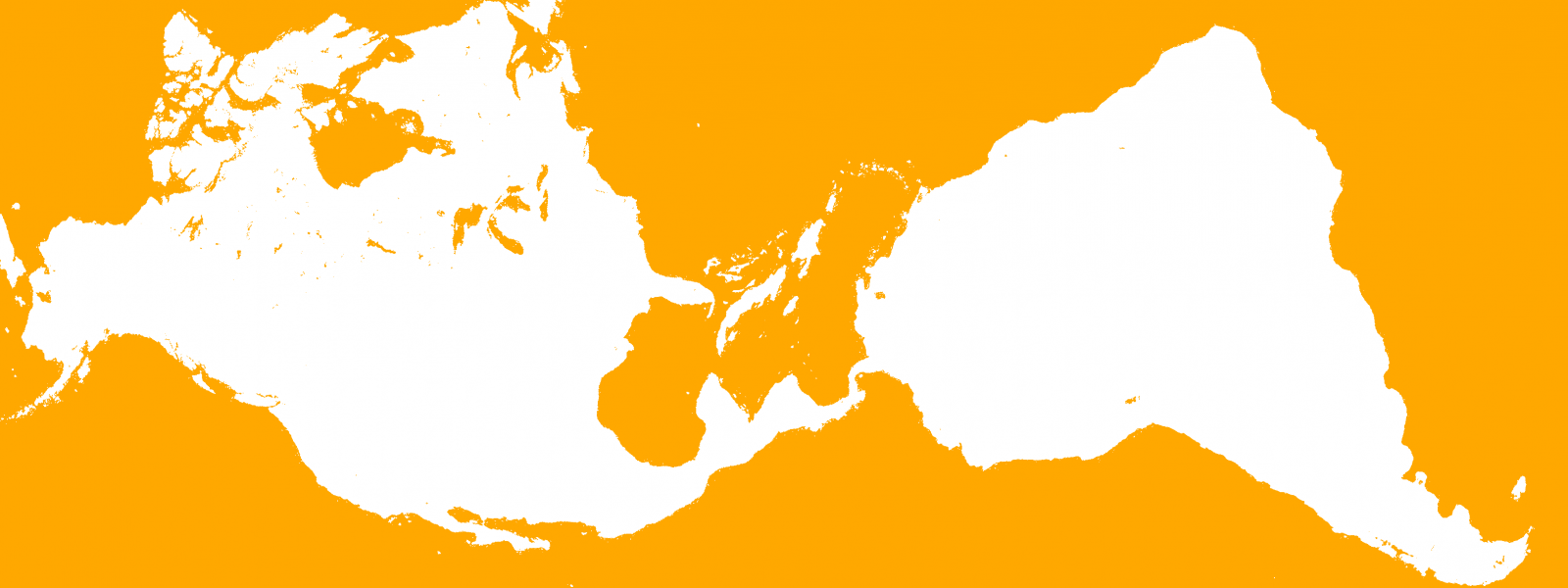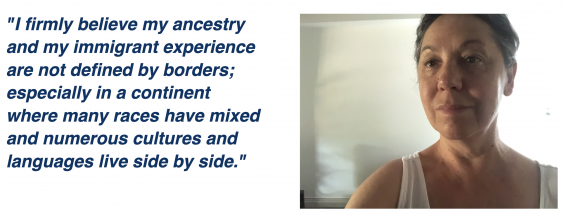A TransAmerican Vision

September 23, 2021
‘TransAmerican’ is a word that does not exist in the dictionary, not YET. We adopted this term at Aluna to reflect how we see ourselves – as artistic diasporic communities living and working on Turtle Island. This vision has emerged from the “vivencias” (lived experiences) of the land we stand on and the lands we come from. Although I was born in a geographical region defined as Latin America, for me, defining myself as Latinx or Latin American simply does not reflect who I am. My ancestry and my immigrant experience are not defined by borders; especially in a continent where many races have mixed and numerous cultures and languages live side by side. Quoting my greatest inspiration, Manuelita Saenz (1797-1866) “My country is all of the American continent”. As an immigrant woman, my heart is as much in this land, as it is from the land where I was born.
From the beginning of Aluna, Artistic producer Trevor Schwellnus and I have worked to help connect the Americas through the arts in the belief that artistic collaborations get us closer to understanding how we can better live together while embracing our differences and respecting our individual journeys.
Adopting a TransAmerican vision is not about creating an identity. I believe every artist/individual should decide how they wish to define or talk about themselves and their work. Rather this approach allows us to be inclusive of the collective work of racialized as well as Canadian artists who see themselves as part of a hemispheric community.
When we first launched the international festival, RUTAS in 2012, our motto was: our Pan Americanism includes Canada (the Pan Am games were taking place in Toronto at the time) and Canada includes the world – an invitation to think about the continent from North to South, and break away from an European centric way of thinking.
A TransAmerican vision in the arts gives me hope; a chance to listen to the other and to find ways to come together to dream and create and affect change. Artists in CAMINOS are already doing that. The work that will be showcased is intercultural, interdisciplinary, multi-lingual, intergenerational, and transnational. Audiences will be able to experience an incredible diversity of stories, visions, inspirations and perhaps be introduced, for the first time, to a different way of seeing a story.
What I like about CAMINOS is the abundance of talent, and the risks taken by emerging and established artists. And what I love the most, are the audiences that come to the festival. They understand that these works are in-process, in the making, and not a finished product. What I have witnessed for the past three festivals are audiences that give themselves completely to the experience and become partners in the creation process.
 Audiences are vital in the development of new work. Their feedback and responses help the creators understand their own vision and make decisions about how to proceed with the work. Although this year will be a combination of live and digital, we are trying to create ways in which this participation is still possible.
Audiences are vital in the development of new work. Their feedback and responses help the creators understand their own vision and make decisions about how to proceed with the work. Although this year will be a combination of live and digital, we are trying to create ways in which this participation is still possible.
This year, due to the fact that we could not produce live, we were able to do something unique and impactful. We created the CAMINOS residency. Over 22 artists/groups received financial and technical support prior to the festival to keep developing their ideas. This has been something we’ve been wanting to do for a long time. As we move forward, our challenge is how to keep these residencies alive. Hopefully we will be able to find the support to continue them. In the meantime, we are proud to have played a little part in each of these artists’ journeys and to have gathered such an exciting group of artists who have inspired us beyond our dreams.
– Beatriz Pizano, Artistic Director
